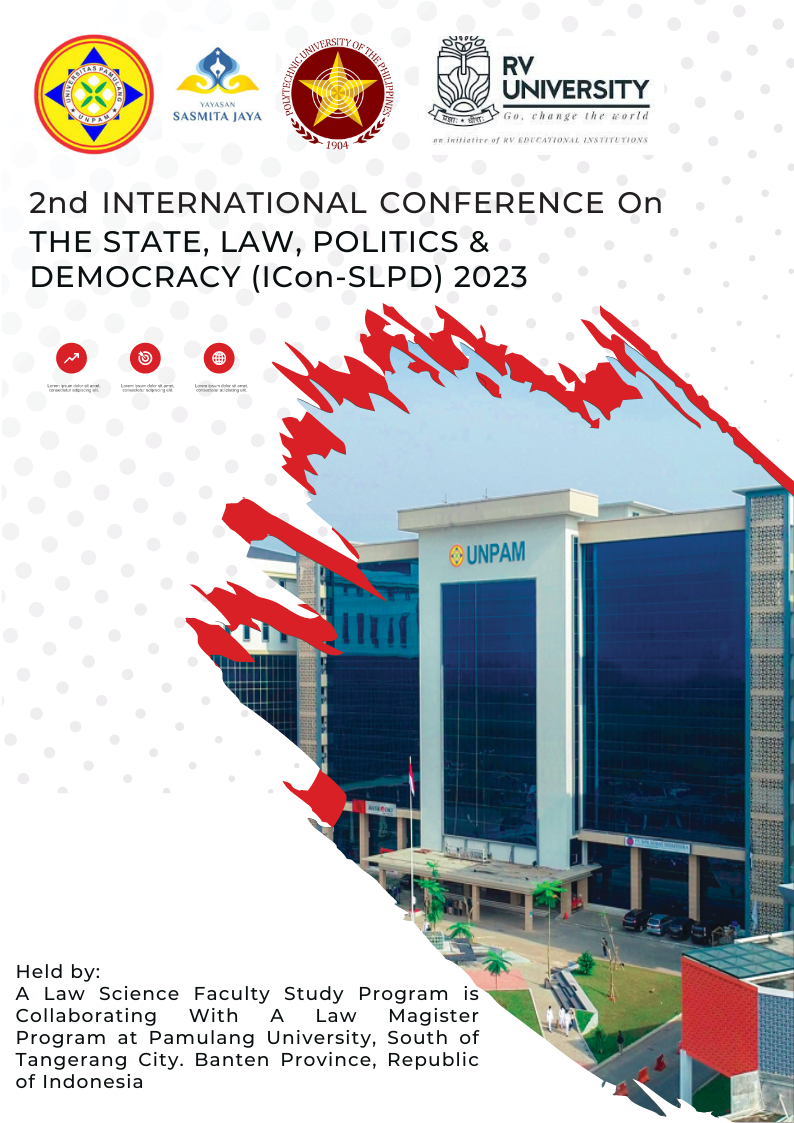Electoral Reform: From Separated to Simultaneous General Election
Abstract
ABSTRACT
Indonesia has gone through a long and dynamic election journey. Since the first election held in 1955, this democratic fiesta has undergone several changes, both related to the laws and regulations governing it and the mechanism for its implementation. Considering the need to improve the effectiveness and efficiency of the elections, the Government and the Parliament (DPR, dewan perwakilan rakyat) agreed to change the implementation of elections from separate to simultaneous. This is supported by the Constitutional Court Decision No. 14/PUU-XI/2013 which became the basis for holding simultaneous elections. The implementation of simultaneous elections based on the Constitutional Court's decision gave rise to the idea of legal reform to unify the previously scattered electoral law arrangements into one election law, namely Law No. 7 of 2017 (the Election Law). This study aims to investigate the law-changing aspects behind the change in the electoral system from separate to simultaneous in Indonesia. Thus, it is expected that the readers can gain an understanding of what are the aspects that influence the change of the Election Law from separate to simultaneous with the issuance of Law No. 7 of 2017.
Keywords: Election, Law Changing Aspects, Separate, Simultaneous





